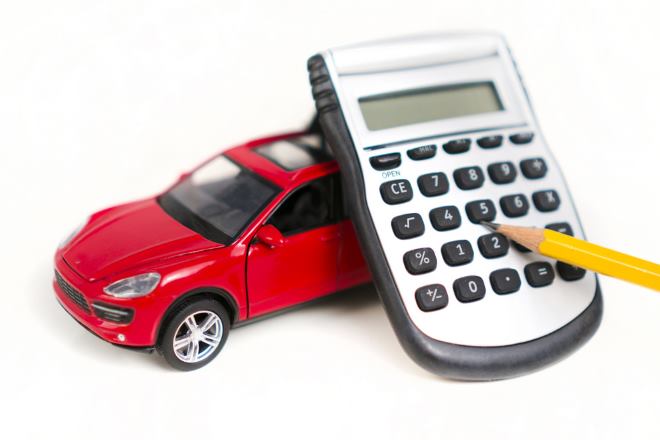Buy Now, Pay Later Options for Used Cars
The traditional process of buying a car often requires significant upfront payments or immediate financing approvals. However, modern financing solutions have introduced flexible payment structures that allow buyers to purchase vehicles with deferred payment options. These arrangements, commonly known as "buy now, pay later" programs, have expanded beyond retail purchases to include the automotive sector, offering consumers alternative pathways to vehicle ownership without the immediate financial burden of traditional car purchases.

What is Used Car Financing and How Does it Work
Used car financing represents a lending arrangement where financial institutions, dealerships, or third-party lenders provide funds to purchase a pre-owned vehicle. The buyer receives the car immediately while agreeing to repay the borrowed amount plus interest over a predetermined period, typically ranging from 24 to 84 months.
The financing process begins with a credit application where lenders evaluate the borrower’s creditworthiness, income stability, and debt-to-income ratio. Upon approval, the lender pays the dealer or seller directly, and the buyer becomes responsible for monthly payments according to the agreed terms. The vehicle serves as collateral, meaning the lender can repossess it if payments are not made as scheduled.
Interest rates for used car financing vary based on factors including credit score, loan term, vehicle age, and current market conditions. Generally, used car loans carry slightly higher interest rates than new car loans due to the increased risk associated with older vehicles and their depreciation patterns.
Is it Better to Finance a Used Car
Financing a used car offers several advantages over paying cash upfront or purchasing new vehicles. The primary benefit lies in preserving cash flow and maintaining financial liquidity for other investments or emergency expenses. Rather than depleting savings accounts, buyers can spread the cost over manageable monthly payments while building or maintaining their credit history through consistent payments.
Used cars typically depreciate at slower rates compared to new vehicles, making financing more economically sensible. New cars lose approximately 20% of their value within the first year, while used cars have already absorbed much of their initial depreciation. This means financed used cars retain their value better relative to the outstanding loan balance.
However, financing decisions depend on individual financial circumstances. Buyers with excellent credit scores may secure low interest rates that make financing attractive, while those with poor credit might face rates that make cash purchases more economical. Additionally, financing allows access to newer models with advanced safety features and reliability that might otherwise be unaffordable as cash purchases.
How to Calculate EMI for Used Car Financing
Equated Monthly Installments (EMI) represent the fixed amount paid monthly toward loan repayment, combining both principal and interest components. The EMI calculation follows a standard mathematical formula that considers the loan amount, interest rate, and tenure.
The EMI formula is: EMI = [P × r × (1 + r)^n] / [(1 + r)^n - 1], where P represents the principal loan amount, r is the monthly interest rate (annual rate divided by 12), and n is the total number of monthly payments. For example, a $20,000 loan at 7% annual interest for 60 months would result in an EMI of approximately $396.
Most lenders and financial websites provide EMI calculators that simplify this process. Borrowers input the desired loan amount, current interest rates, and preferred loan tenure to receive instant EMI calculations. These tools help buyers determine affordable monthly payments and compare different loan scenarios before making commitments.
Understanding EMI calculations empowers buyers to negotiate better terms and select appropriate loan structures. Longer tenures reduce monthly EMI amounts but increase total interest paid, while shorter terms result in higher monthly payments but lower overall costs.
| Lender Type | Loan Amount Range | Interest Rate Range | Typical Terms |
|---|---|---|---|
| Banks | $5,000 - $100,000 | 4.5% - 18% APR | 24-84 months |
| Credit Unions | $5,000 - $80,000 | 3.5% - 15% APR | 24-72 months |
| Online Lenders | $2,000 - $75,000 | 6% - 25% APR | 24-84 months |
| Dealer Financing | $3,000 - $150,000 | 5% - 30% APR | 12-96 months |
Prices, rates, or cost estimates mentioned in this article are based on the latest available information but may change over time. Independent research is advised before making financial decisions.
Modern buy-now-pay-later options for vehicles have revolutionized automotive purchasing by providing flexible payment solutions that accommodate diverse financial situations. These programs bridge the gap between immediate vehicle needs and long-term financial planning, enabling consumers to access reliable transportation while managing their cash flow effectively. Success with these financing arrangements requires careful consideration of personal financial circumstances, thorough comparison of available options, and realistic assessment of repayment capabilities to ensure sustainable vehicle ownership.




